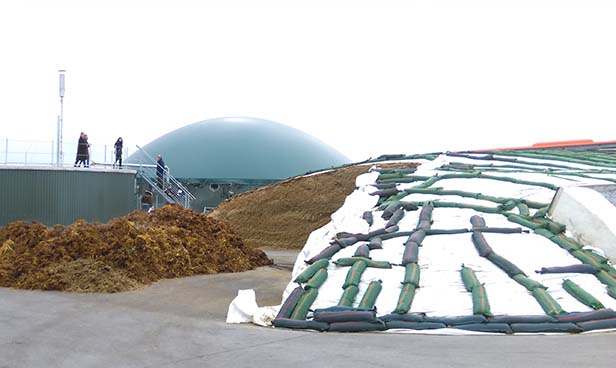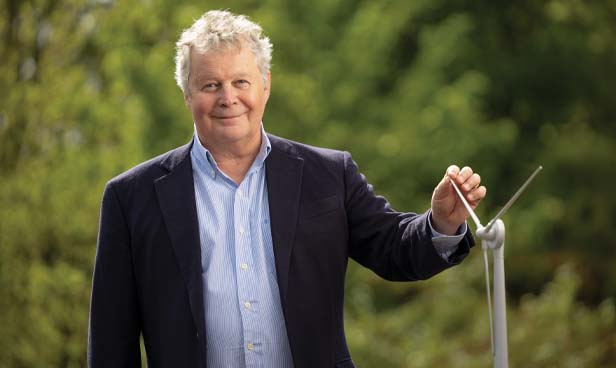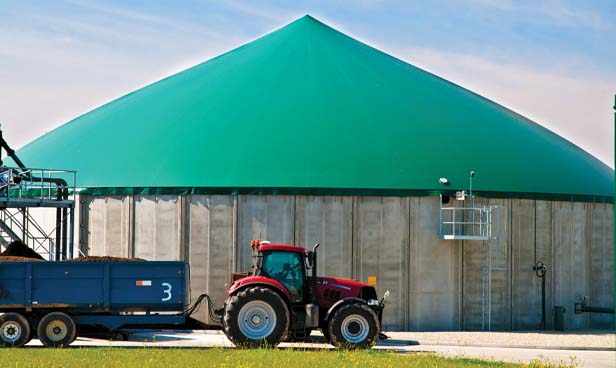
Bioenergy: The “sleeping giant” in decarbonising Ireland – IrBEA
5th October 2021
DP Energy, leading Ireland to a cleaner renewable future
5th October 2021The future of anaerobic digestion in Ireland

With pressure on the agriculture sector, which accounts for 33 per cent of Ireland’s carbon emissions to reform its emissions, performances, anaerobic digestion is touted as one of the most high-profile solutions. While concrete plans for its use have yet to be settled in Ireland, there are many examples elsewhere of how it can aid decarbonisation and diversify the income streams of farmers.
The 2020s are seen as a crucial decade for the development of anaerobic digestion (AD) in Ireland; similar to Northern Ireland, which has already seen encouraging uptake of the method, the Republic’s abundance of livestock and the availability of manures make it an ideal location for the process.
Options for the use of the biogas that AD produces, as included in the SEAI’s 2020 on-farm guide to AD, include the combustion of the biogas for use in gas boilers to create heat for things such as hot water or high temperature steam. It can also be used to power gas engines that produce electricity, or electricity and gas, which combine to make combined heat and power (CHP). Another use for the biogas is to upgrade it to the standard required for the gas grid, turning it into biomethane, which can be injected into a local or national gas grid, used in portable compressed gas containers or as a vehicle fuel.
The SEAI lists the benefits of the use of farm-based AD as: recycling of farm wastes into a valuable fertiliser (digestate); reduction of farm-based environmental issues, such air pollution from manures; reduction of the negative impact of farming on national environmental targets; provision of a renewable energy source (biogas) for farm use; cost savings on chemical fertiliser and energy purchases; and potential offering of additional farm income streams from sale of excess electricity or heat.
Income diversification has become a key selling point to farmers interested in AD; those in the Republic have seen their counterparts in Northern Ireland benefit from its use and contrast it to the Renewable Electricity Support Scheme, where it is felt in the agricultural sector that farmer engagement is simply seen as a means to asset development.
Around 19,000 AD plants are operational in Europe, producing 167 TWh of biogas per year, with the vast majority of these plants producing biogas for combustion to generate renewable electricity and receiving subsidies. In terms of biomethane production, which is broadly seen as the future of AD in Europe, the natural gas substitute is currently produced in 725 plants across 18 European countries, producing 26 TWh per year. The countries with the highest amounts of biomethane plants are Germany (232), France (131), and the UK (80).
The European Biogas Association (EBA) predicts that biogas and biomethane production in Europe could double by 2030 and more than quadruple by 2050, with 467 TWh produced across Europe per year by 2030. To match this ambition, the Irish Government estimates that 20 per cent of the current natural gas demand could be met by biomethane by 2030 with the correct supports in place. What form those supports could take remains to be seen, much to the frustration of the Irish agricultural sector.
